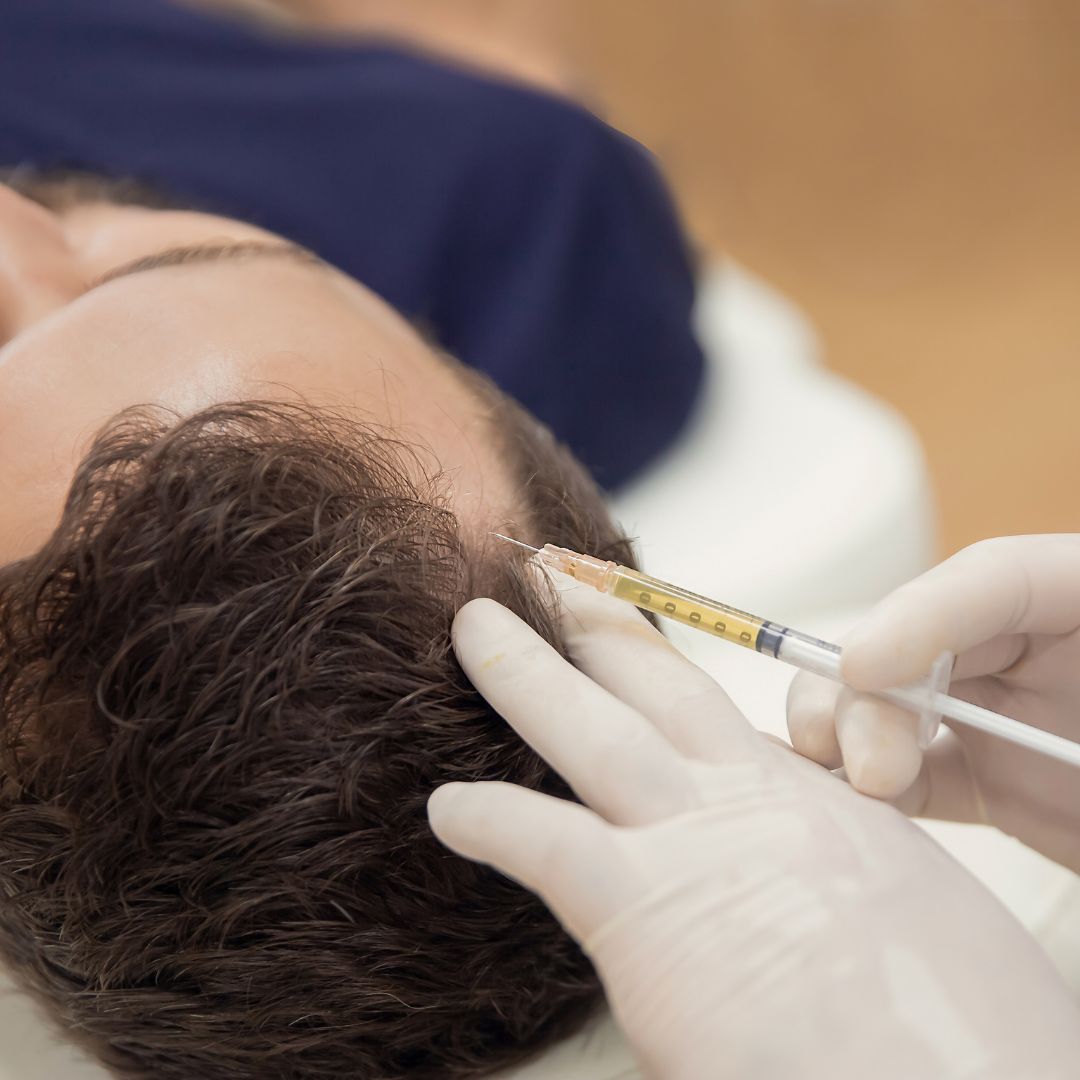Hair loss is a common concern that affects both men and women, often causing distress and impacting self-esteem. Platelet-Rich Plasma (PRP) therapy has emerged as a promising treatment for hair restoration. PRP offers a natural and effective solution to stimulate hair growth and improve hair density. We’ll explore the science behind PRP for hair restoration and discuss its success rates in combating hair loss.
How Does PRP Therapy Work for Hair Restoration?
PRP therapy for hair restoration involves extracting a small amount of the patient’s blood and processing it to isolate the platelet-rich plasma (PRP). The PRP contains a high concentration of growth factors and proteins that promote tissue repair and regeneration. When injected into the scalp, PRP stimulates dormant hair follicles, prolongs the hair growth cycle, and encourages the growth of thicker, healthier hair.
Key Benefits of PRP Therapy for Hair Restoration:
- Stimulates Hair Growth: PRP therapy activates dormant hair follicles, promoting the growth of new hair and improving hair density.
- Improves Hair Thickness: PRP injections enhance the diameter of existing hair follicles, resulting in thicker, fuller-looking hair.
- Natural and Safe: PRP therapy utilizes the body’s own healing factors, making it a safe and natural treatment option for hair restoration.
- Minimal Downtime: PRP treatments for hair restoration require little to no downtime, allowing patients to resume their daily activities immediately after the procedure.
- Long-Term Results: With a series of PRP treatments, patients can achieve lasting improvements in hair growth and density.
Understanding Success Rates of PRP Therapy:
The success of PRP therapy for hair restoration can vary depending on several factors. The underlying cause of hair loss, the severity of hair thinning, and individual response to treatment being the main three. Clinical studies have shown promising results, with many patients experiencing significant improvements in hair growth and density after a series of PRP treatments.
Factors Affecting PRP Success:
- Type of Hair Loss: PRP therapy is most effective for individuals with early-stage hair loss or thinning due to conditions like male or female pattern baldness.
- Treatment Protocol: The number and frequency of PRP treatments can impact the success of hair restoration. Most providers recommend a series of sessions spaced several weeks apart to achieve optimal results.
- Patient Factors: Factors such as age, overall health, and genetic predisposition to hair loss can influence the effectiveness of PRP therapy.
If you’re experiencing hair thinning or hair loss, and are seeking a natural treatment option, PRP may be worth considering. PRP offers a promising solution for hair restoration by stimulating hair growth and improving hair density. With its natural approach and minimal downtime, PRP therapy has become a popular choice for individuals looking to address hair loss. If you’re interested in exploring PRP therapy for hair restoration, schedule a consultation with our provider to learn more. The science behind PRP and its high success rate speak for themselves.

